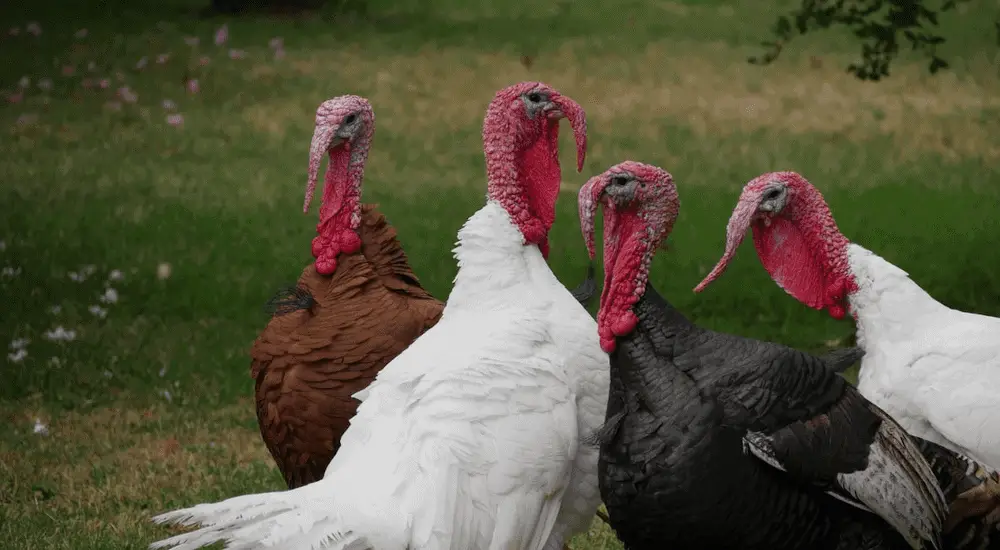
Want to learn more? This book on the Birds of Prey of North America is a fantastic read!
Alabama sits on the Gulf of Mexico, giving it a subtropical climate that makes it a prime landing spot for bird migrations as well as year-round habitat for many others.
One would expect rare breeds like eagles to find refuge in the secluded protected forests in places like Montana or the Dakotas.
However, Alabama’s position as one of the southernmost states and the fact it houses many wetland areas that are primed for raptors makes it an attractive proposition for the two eagles that call it home.
Want to attract birds of prey to your yard? Take a look at our article!
What Eagles can be seen in Alabama?
Table of Contents
1. Golden Eagle

Wingspan
2m
Weight
3-6kg
Life Expectancy
Up to 38 years
Diet
Small - medium mammals
The fabled “King of Birds” is one of two eagles that calls alabama home.
Its name comes from the gathering of light brown feathers adorning the crown and parts of its back.
Contrasted against the dark grey or copper feathers that cover the rest of its body down to the feet, these lighter feathers appear golden.
Golden eagles often have lighter feathers–pale browns, greys, and off-whites–on the underside of their wings. The size of the golden eagle is unmistakable, however, as it is one of the largest birds of prey in North America.
Golden eagles like to hunt on open grounds like grasslands and prairies that border forests, where they can strike at exposed prey from atop high branches.
A golden eagle’s prey varies enough that virtually any creature beneath a small deer, including rabbits, lizards, possums, and raccoons, to name a few.
They can be spotted toward the end of summer through the fall in Alabama, and will overwinter depending on the average temps of any given cold season.
Golden eagles are among the most territorial birds in North America, and they’ll attack anything, man or beast, who comes within a certain range of their nesting areas or hunting grounds.
2. Bald Eagle

Wingspan
204cm
Weight
3-6kg
Life Expectancy
Up to 20 years
Diet
Mostly fish, some small birds and reptiles
America’s national bird has been on the endangered list for many years before continued conservation acts have steadied its population growth, particularly in Alabama.
It still can’t be said that bald eagles are abundant anywhere in the U.S., but they maintain a seasonal presence throughout Yellowhammer State.
The bald eagle’s unmistakeable profile makes it one of the most recognizable birds in the world: a white head with piercing yellow eyes, a prominent yellow beak claws, and a dark body that might be brown or black with light tones at the feather tips.
Their tails are usually the same white as their heads. The ‘bald’ name is a bit of a misnomer, referring to the color white rather than a lack of feathers on their heads.
Like the golden eagle, these rare birds are among the largest birds in North America, capable of subduing animals as large as deer, wolves, and farm livestock.
The nest of a bald eagle is also unmistakable; these are massive gatherings of stick and dirt, perched at the top of the tallest trees or on mountain cliffs, often a dozen times larger than the adult eagle(s) who built it.
Bald eagles are dangerously protective of their nests, though, and have been known to swoop on any being who comes within their proximity.
Signage in protected areas will usually express warnings over eagle territory, but this can’t be said for the remote, unregulated areas between.
Bald eagles are also recognizable in flight due to the sheer size of their wingspans (similar to golden eagles), and their distinct screeching calls.
Bald eagles have no aversion to scavenging carrion, unlike their golden counterparts who eat only what they catch.
Conclusion
Alabama’s efforts to restore their local eagle population in the late 80s and early 90s led to a stabilized count in the ensuing years.
Nearly all the habitat destruction and poaching of these birds has stopped nationwide, as penalties for violating these laws become more severe and hunting rare animals has become taboo.
In a few decades the scattered nests for golden and bald eagles in Alabama may reach levels where sightings become common near viewing sites.
As of now, though, most birdwatchers will still require lots of patience–and perhaps some rock climbing skill–to spot one in nature.

More Articles.

North American Birds with Yellow Bellies (34 Species with Pictures and Sounds)
Canada and America are filled with many wonderful birds with yellow bellies – in fact,

What Birds of Prey can be seen in France? (10 Species with Pictures and Sounds)
France is filled with numerous birds of prey. Its variable habitat from the mountains of

How to attract Wild Turkeys to your yard?
Wild turkeys can be provide quite a fascinating addition to your yard. Providing acorns in

About Us
We are avid bird-watchers who recently retired, allowing us more time to travel the world. Fortunately, we have managed to visit numerous countries around Europe, Asia, and America. Watching and photographing birds has been a passion for many years and we are making the most of the extra time on our hands!
